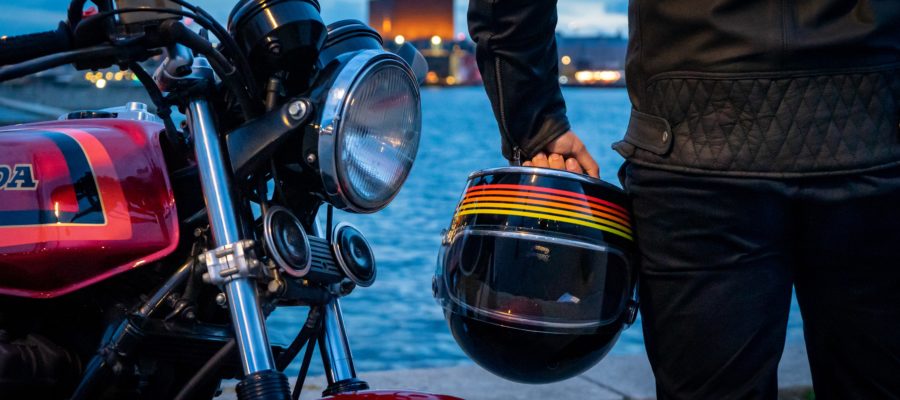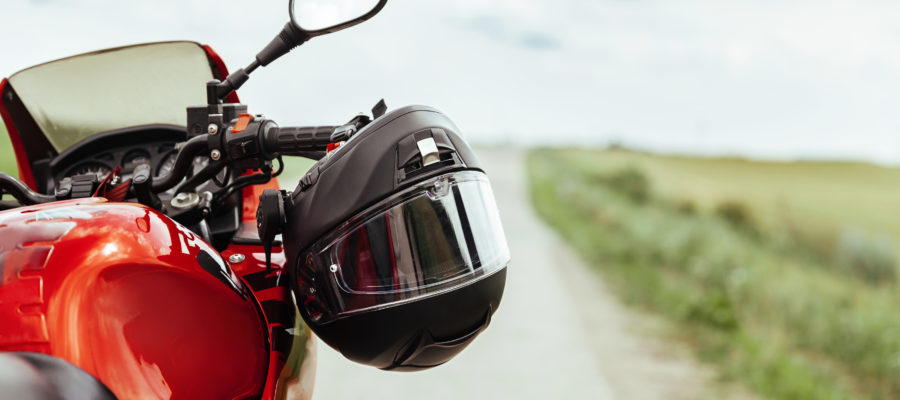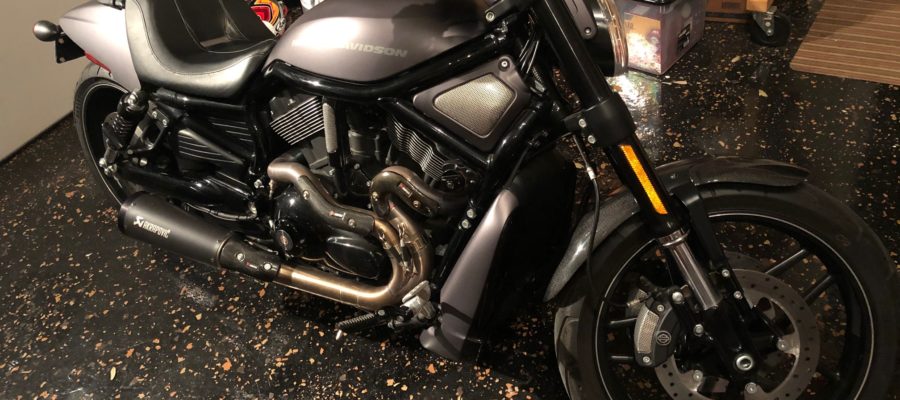South Louisiana has some great riding tours, but the best place to ride motorcycles near New Orleans is what I call “the road to Kraemer.” Like most guys from south Louisiana, I hunt ducks for my “organic” /“free range” fowl. No need to go to Whole …
Continue Reading about Best Place to Ride Motorcycles Near New Orleans




